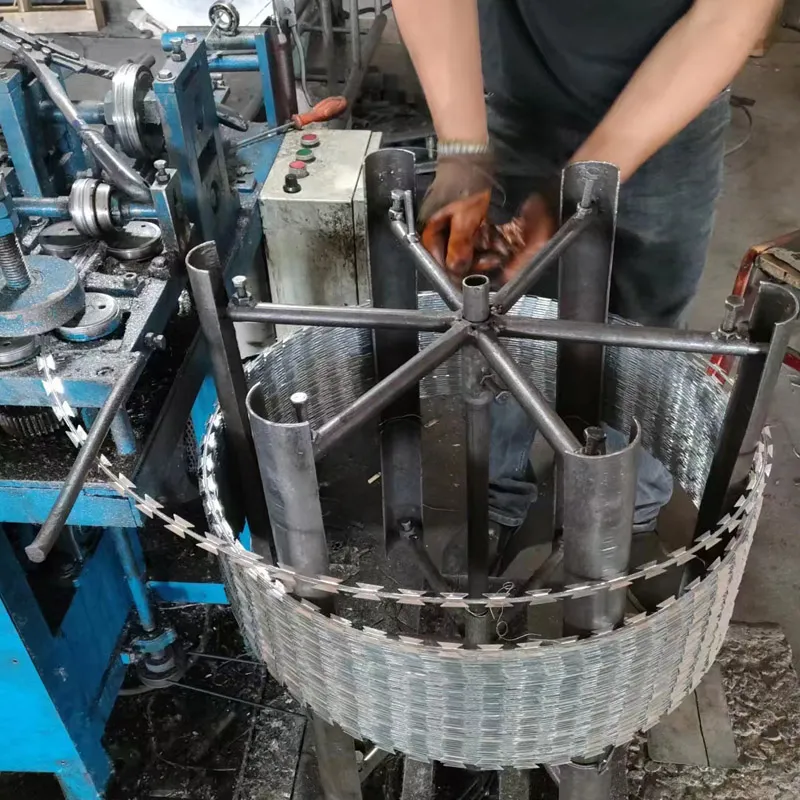10 月 . 08, 2024 21:40 Back to list
Understanding Hose Crimping Techniques for Secure Connections and Improved Performance
Understanding Hose Crimping A Key Process in Fluid Transfer Systems
Hose crimping is an essential process in various industries, particularly those involving fluid transfer systems, such as automotive, aerospace, and manufacturing. This technique involves the use of specialized machinery to compress metal fittings onto rubber or thermoplastic hoses, creating a secure and leak-proof connection. The importance of hose crimping cannot be understated, as it ensures the reliability and effectiveness of fluid transfer systems critical to machinery and equipment performance.
The Importance of Hose Crimping
In any fluid transfer application, the integrity of connections is paramount. A poorly crimped hose can lead to leaks and, ultimately, system failure. Such failures can result in costly downtime, potential safety hazards, and environmental risks. Therefore, understanding the process of hose crimping is essential for engineers, technicians, and others involved in creating or maintaining fluid systems.
The Crimping Process
The hose crimping process typically involves several key steps
. First, the appropriate hose and fitting must be selected based on the specific application. This selection process takes into account factors such as the type of fluid being transferred, the pressure levels, and temperature conditions. Once the materials are identified, the next step involves cutting the hose to the desired length, after which the fitting is inserted into one end of the hose.After preparing the hose and fitting, the crimping tool is used to compress the fitting onto the hose. Crimping tools range from manual hand-held devices to sophisticated hydraulic machines that apply precise pressure to ensure a proper fit. The accuracy of the crimp is crucial; a correct crimp creates a mechanical bond that enhances the hose's ability to withstand pressure and resist leaks.
Types of Crimping Machines
There are various types of crimping machines available, each designed for specific needs. Manual crimpers are suitable for small-scale operations and are often used by DIY enthusiasts or in small workshops. On the other hand, automated hydraulic crimpers are used in high-volume industrial settings, providing speed, consistency, and accuracy. These machines often come with advanced features such as programmable settings and built-in calibration systems, which minimize human error and enhance production efficiency.
hose crimp

Quality Control and Testing
The quality of crimped hoses is vital in ensuring performance and safety. Therefore, post-crimping inspection and testing are standard practices in the industry. This may involve visual inspections, pressure testing, and other methods to guarantee the integrity of the crimp. Many manufacturers also adhere to specific industry standards and certifications to ensure that their products meet stringent safety and reliability criteria.
Applications of Crimped Hoses
Crimped hoses are widely used across various sectors, including automotive, aerospace, agriculture, and chemical processing. For instance, in the automotive industry, crimped hoses are essential for fuel delivery systems, brake lines, and cooling systems. In aerospace, they are used in hydraulic systems, where reliability is critical due to the high-stakes nature of aviation. Similarly, agricultural equipment relies heavily on crimped hoses to transport fuel and hydraulic fluid under high pressure and varying environmental conditions.
The Future of Hose Crimping
As technology progresses, the hose crimping industry is also evolving. Advanced materials, such as composite hoses and new fitting designs, are being introduced, necessitating updated crimping techniques and tools. Moreover, the rise of automation and robotics in manufacturing will likely lead to even greater efficiency and precision in the crimping process.
Conclusion
In conclusion, hose crimping is a vital component of fluid transfer systems across various industries. Ensuring that hoses are correctly crimped can prevent costly failures, enhance safety, and increase the efficiency of machinery. As the industry continues to innovate and adopt new technologies, the importance of proper hose crimping will remain a fundamental aspect of reliable fluid transfer solutions. Understanding this process is essential for anyone involved in the design, production, or maintenance of fluid systems, emphasizing the need for ongoing education and training in this critical field.
-
Secure Your Roof with Quality Roofing Nails
NewsNov.04,2024
-
Secure Your Property with Quality Field Fencing
NewsNov.04,2024
-
Enhance Your Space with Quality Mesh Fencing
NewsNov.04,2024
-
Discover the Versatility of Iron Wire for Your Projects
NewsNov.04,2024
-
Discover the Versatility of Common Nails for Your Projects
NewsNov.04,2024
-
Discover Quality Hydraulic Fittings for Your Applications
NewsNov.04,2024









